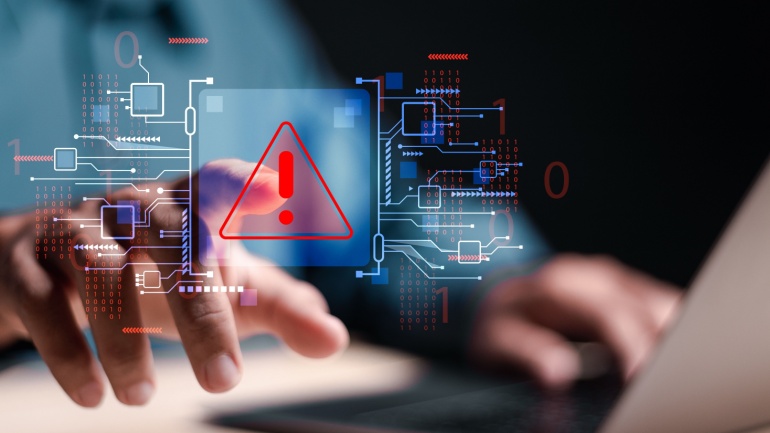Verizon strongly opposes the Public Safety Spectrum Alliance’s proposal to allocate the 4.9 GHz band to FirstNet, operated by AT&T. Verizon argues this would disrupt competitive balance and unfairly benefit AT&T. This debate within the FCC could significantly affect public safety communications and commercial wireless use, making it a critical issue for the voip industry.
UK-based telecom giant Vodafone is poised to divest its 21.5% stake in Indus Towers, according to undisclosed sources cited by Reuters. The company plans to execute the sale through block deals, involving transactions of at least 500,000 shares valued at a minimum of INR100 million ($1.2 million) per trading window.
Tech giant Apple has introduced its latest innovation, the Apple Intelligence system, designed to enhance AI capabilities across its operating systems. Unlike creating its own large language model (LLM), Apple Intelligence amalgamates on-device small language models with access to established LLMs, initially partnering with Chat GPT.
Major African network operators Orange and Vodacom are reportedly negotiating an infrastructure-sharing agreement, as disclosed by Bloomberg. Sources close to the matter suggest the companies aim to collaborate in overlapping markets, such as Egypt and the Democratic Republic of Congo. This partnership would enhance their coverage and mitigate the need for extensive new infrastructure.
Microsoft made waves in the tech world this week with the launch of their new line of Copilot+ PCs, aimed at enhancing productivity through AI integration. Among the various features boasted by these innovative devices, one in particular, known as Recall, is drawing attention for its potential privacy implications.
Exertis Cybersecurity, a leading distributor of cybersecurity solutions, has announced its collaboration with Object First, the developer behind Ootbi (Out-of-the-Box-Immutability), a groundbreaking ransomware-proof backup storage appliance tailored for Veeam®. This partnership signifies a significant stride in Exertis Cybersecurity’s mission to furnish cutting-edge cybersecurity solutions to organizations across Europe.
Verizon launches AI-driven apps to improve customer service by streamlining interactions. The European Commission designates Booking.com as a ‘gatekeeper’ and plans antitrust charges against Microsoft for bundling Teams with Office. Telstra establishes a regional network hub in Guam at GNC iX data center. GlobalData underscores US telcos’ struggle to stand out in the B2B channel.
Tonaquint, a leading provider of data center solutions targeting emerging markets, has inaugurated its newly revamped data center in Oklahoma City. The company marked the occasion with a ceremonial ribbon-cutting, guided tours of the facility, and a festive gathering featuring local cuisine and ample networking opportunities.
In a landmark agreement, Microsoft and Brookfield, an asset management company, have announced a renewable energy deal valued at an estimated $10 billion. Under this partnership, Microsoft will invest in energy projects developed by Brookfield and its renewable energy subsidiary.
In a bid to fortify its position in the Australian regional mobile market, TPG Telecom has inked a monumental 11-year network sharing deal with Optus. Valued at a hefty A$1.59 billion ($1.04 billion), the agreement is set to significantly expand TPG’s geographic coverage, doubling it to 1 million square kilometers and enabling access to 98.4% of the population.













